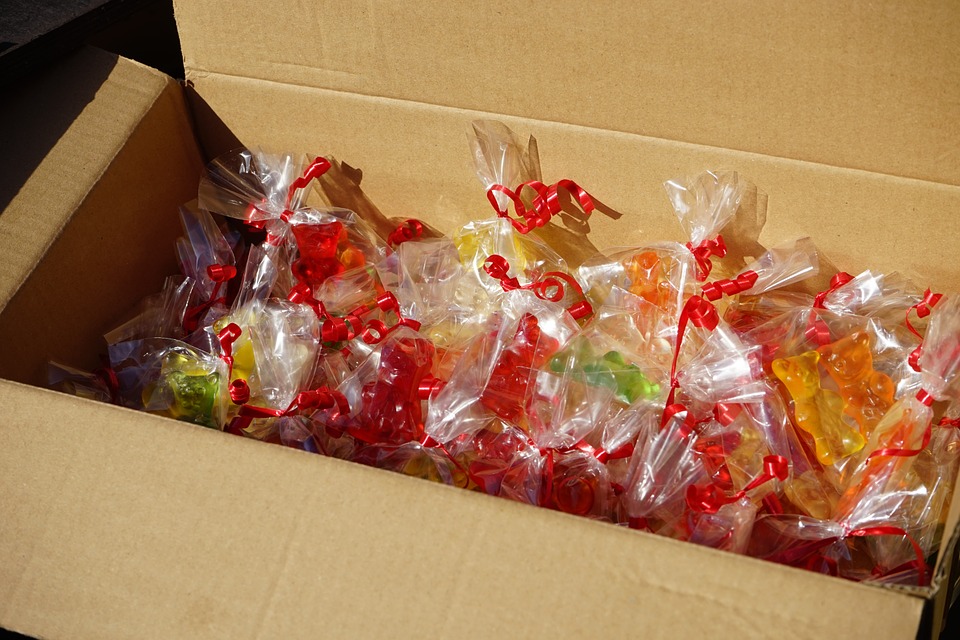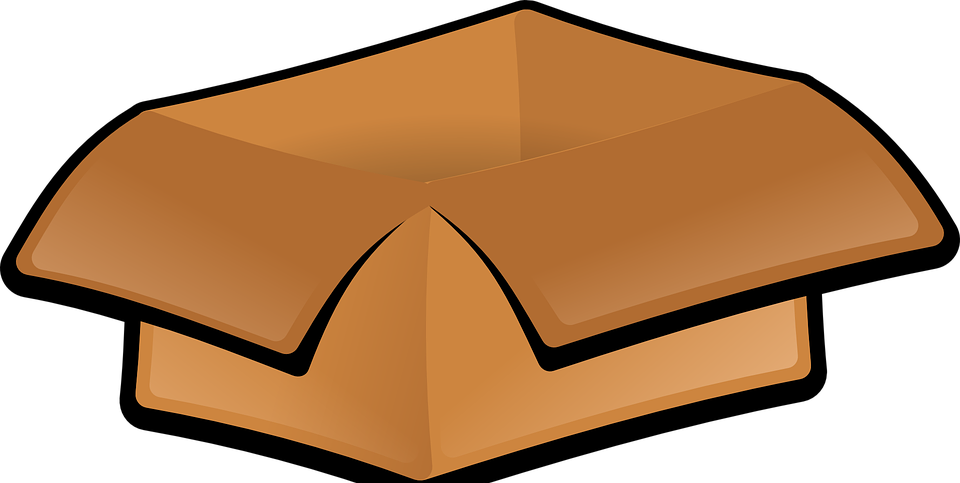This article delves into the complex question of whether rabbits can eat cardboard. We'll explore the risks and benefits, debunk common myths, and provide a detailed guide to choosing safe cardboard options for enrichment and toy purposes. We'll also discuss alternative chewing materials, how to prepare cardboard safely, and address frequently asked questions about feeding cardboard to rabbits.
Part 1: Understanding Rabbit Digestion and Dietary Needs

1.1. The Delicate Digestive System
Rabbits possess a unique digestive system designed for efficient processing of fibrous plant matter. Their gastrointestinal tract is long and complex, housing a diverse microbiome crucial for digesting roughage and extracting nutrients. This delicate system relies on a consistent intake of high-fiber food for proper function and overall health.
1.2. Essential Dietary Components
Rabbits thrive on a diet primarily composed of:
- Hay: This forms the cornerstone of their diet, providing essential fibre and promoting digestive health. Timothy hay is a popular choice for adult rabbits, while alfalfa hay is better suited for growing kits.
- Fresh Vegetables: These provide vitamins, minerals, and antioxidants. Offer a variety of leafy greens, such as kale, spinach, and romaine lettuce, along with other vegetables like carrots, bell peppers, and broccoli.
- Small Amounts of Fruit: Fruits can be offered as occasional treats due to their high sugar content. Opt for low-sugar fruits like berries, apples, and bananas in moderation.
- Pellets: Pellets provide concentrated nutrients, but they should be used as a supplement to hay and fresh vegetables, not as the primary food source.
- Water: Fresh, clean water should always be readily available for rabbits.
Part 2: Why Cardboard is Generally Not Suitable for Rabbits

2.1. Digestive Blockage
Cardboard, unlike natural fibrous materials, can be difficult for rabbits to digest. It lacks the necessary enzymes to break it down and can become lodged in their digestive tract, causing a blockage. This blockage can lead to serious health complications, including discomfort, constipation, loss of appetite, and potentially even death.
2.2. Chemical Toxicity
Many types of cardboard are treated with chemicals, dyes, inks, and glues, which can be harmful to rabbits. These chemicals can leach into the cardboard and be ingested by the rabbit, potentially causing poisoning, organ damage, and other health problems.
2.3. Nutritional Deficiencies
Cardboard offers no nutritional value for rabbits. It lacks essential vitamins, minerals, and fibre, which are vital for their health and well-being. Feeding cardboard can lead to deficiencies that weaken the immune system and increase the risk of health issues.
Part 3: When Cardboard Might Be Safe (With Extreme Caution)
3.1. Cardboard for Enrichment – Limited and Supervised Use
In specific instances, under strict guidelines and with careful supervision, uncoated and untreated cardboard can be used for enrichment purposes. This involves providing small, manageable pieces of cardboard for chewing, allowing for safe interaction without ingestion.
3.2. Criteria for Safe Cardboard:
- 100% Uncoated and Untreated: Absolutely no inks, dyes, glues, chemicals, or coatings. Look for cardboard labelled as "food-grade" or "suitable for animal consumption" to ensure it's safe.
- Thorough Cleaning and Inspection: Wash the cardboard thoroughly with water and a mild, non-toxic soap. Rinse it well and allow it to dry completely. Inspect for any damage, tears, or loose pieces before offering it to your rabbit.
- Limited Access and Constant Supervision: Never leave a full sheet of cardboard unattended with your rabbit. Provide only small, manageable pieces for chewing. Closely supervise their interaction to prevent them from ingesting large pieces.
Part 4: Safe Alternatives to Cardboard for Enrichment
4.1. Natural Chewing Toys:
Many natural options provide safe and beneficial chewing alternatives for rabbits, satisfying their natural instincts and promoting dental health.
- Willow Branches: Willow branches are a popular choice, offering a natural source of fibre and helping to wear down their teeth. Ensure branches are from untreated trees.
- Apple Branches: Apple branches are also safe for rabbits to chew, providing a tasty treat and a source of fibre. Choose branches from untreated apple trees.
- Hay Racks: Hay racks encourage rabbits to eat more hay, providing essential fibre and preventing boredom. Choose racks made from safe materials.
- Pine or Fir Branches: Pine and fir branches can be a good option, but always ensure they are from untreated trees and free of pesticides.
4.2. Commercial Chewing Toys:
A wide array of commercial toys are specifically designed for rabbits, offering safe and stimulating chewing options:
- Wooden Chewing Toys: Wooden toys, such as chew blocks and balls, provide a safe and durable option for rabbits. Ensure the wood is untreated and safe for consumption.
- Grass Mats: Grass mats are made from dried grass and provide a natural source of fibre and enrichment, encouraging natural foraging behaviours.
- Ceramic Tiles: Ceramic tiles are hard and durable, providing a safe surface for rabbits to grind their teeth. Choose tiles that are unglazed and free of lead or other toxins.
- Sisal Rope Toys: Sisal rope toys offer a natural and safe chewing option, promoting dental health.
Part 5: Creating Safe Cardboard Toys
5.1. Cardboard Boxes for Play:
Uncoated cardboard boxes can provide a fun and stimulating environment for rabbits. Ensure the box is sturdy, free from sharp edges, and completely free of any inks, dyes, or adhesives.
5.2. Cardboard Tubes for Chewing:
Cardboard tubes from toilet paper rolls or paper towels can make excellent chewing toys, provided they are clean and free from ink or glue residue. Supervise your rabbit's interaction with these tubes and replace them as soon as they become damaged.
5.3. Cardboard Puzzles for Enrichment:
Cut out shapes from cardboard to create fun puzzles that your rabbit can explore and solve to retrieve treats hidden inside. Ensure the cardboard is completely safe and supervise their interaction to prevent ingestion.
Part 6: Recognizing Signs of Cardboard Ingestion
6.1. Common Symptoms:
If you suspect your rabbit has ingested cardboard, watch for the following symptoms:
- Loss of Appetite: A sudden decrease in food intake can be a sign of a problem.
- Lethargy: A rabbit that is unusually sluggish or inactive may be unwell.
- Diarrhea or Constipation: Changes in stool consistency or frequency can indicate digestive problems.
- Bloating: A swollen abdomen can be a symptom of a digestive blockage.
- Straining to Defecate: Difficulty passing stool can be a serious issue.
6.2. Seeking Veterinary Care:
If you notice any of these symptoms, contact your veterinarian immediately. Early intervention is crucial for treating digestive blockages in rabbits. Prompt treatment can significantly improve the chances of a successful recovery.
Part 7: FAQs
7.1. Can rabbits eat cardboard boxes?
While some uncoated cardboard boxes can be used for enrichment, it is essential to supervise your rabbit and ensure they do not ingest the cardboard. Opt for alternatives like wooden toys or hay racks for chewing.
7.2. Is it safe for rabbits to eat corrugated cardboard?
Corrugated cardboard is generally not safe for rabbits to eat. It can be harder to digest and may contain chemicals and glues that can be harmful.
7.3. Can rabbits eat cardboard from cereal boxes?
Cereal boxes are often coated with wax or ink, making them unsafe for rabbits.
7.4. What should I do if my rabbit eats cardboard?
If you see your rabbit eating cardboard, immediately remove it from their access. Monitor them closely for any signs of digestive distress and consult your veterinarian if needed.
7.5. How do I choose safe cardboard for rabbit enrichment?
Always choose uncoated, untreated cardboard free from ink, dyes, glues, and chemicals. Look for cardboard labelled as "suitable for animal consumption" or "food-grade."
7.6. What are some good alternatives to cardboard for rabbit enrichment?
Consider natural chewing toys like willow branches, apple branches, and hay racks. You can also opt for commercial rabbit toys made from wood, grass, or ceramic.
7.7. How often should I replace my rabbit's toys?
Replace toys regularly, especially those that show signs of wear and tear, to ensure they remain safe for your rabbit.
Conclusion:
This comprehensive guide has explored the complexities of whether rabbits can eat cardboard. While uncoated and untreated cardboard can be used under strict guidelines for limited enrichment, it's crucial to prioritize your rabbit's health and well-being by choosing safe alternatives and providing a balanced diet. Always consult with your veterinarian for any specific concerns regarding your rabbit's diet, enrichment, and overall health.
Everyone is watching
-

Do Rabbits Lay Eggs? (The Surprising Truth)
OTHER TYPES OF PETSThis article will unravel the common misconception that rabbits lay eggs, exploring the fascinating world of r...
-

Can Rabbits Eat Grapes? A Guide to Safe Rabbit Treats
OTHER TYPES OF PETSThis comprehensive guide will explore the safety and suitability of grapes for rabbits, providing detailed inf...
-

What's a Group of Rabbits Called? (A Comprehensive Guide)
OTHER TYPES OF PETSThis article delves into the fascinating world of rabbits, exploring the various terms used to describe a grou...
-

Predators That Hunt Rabbits: A Guide to Natural Enemies
OTHER TYPES OF PETSI've always been fascinated by the circle of life, that delicate dance between predator and prey. Growing up ...
-

Are Rabbits Nocturnal Animals?
OTHER TYPES OF PETSThe question of whether rabbits are nocturnal animals is a fascinating one, with a surprisingly complex answer...
